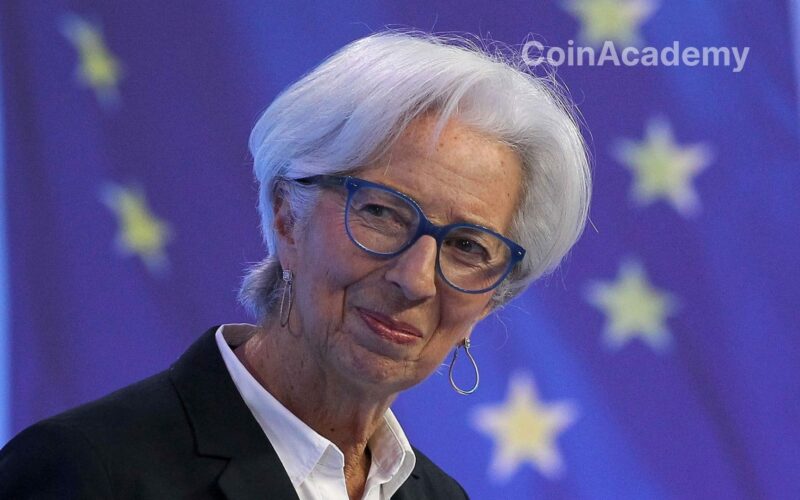The European Central Bank (ECB) has decided to lower its interest rates by 0.25%, bringing the benchmark rate to 3.25%. This decision, announced on Thursday, comes in the context of a slowdown in growth and a gradual decline in inflation in the eurozone.
An expected but revealing adjustment of ECB rates
Although this rate reduction was widely anticipated by the markets, the ECB specified that its decision is based on an “updated assessment of inflation outlook”. This signal suggests that the pressure on prices could be less significant than initially expected. In its latest forecast, the central bank estimated that inflation could increase again by the end of the year, before falling below the 2% target by 2025.
Data that support the ECB’s strategy
Christine Lagarde, President of the ECB, expressed her confidence during the press conference following the announcement. According to her, recent data clearly indicate that the process of disinflation is “well underway”. She also highlighted that the decision to reduce rates by 0.25% was unanimously taken by the Governing Council.
Have we completely mastered inflation? Not yet. But are we in the process of mastering it? Yes.
Lagarde’s statement confirms that current economic signals reinforce the strategy adopted by the ECB.
A Eurozone in transition: inflation under control
The inflation rate in the eurozone dropped to 1.7% on a yearly basis in September, the first time in three years that inflation falls below 2%. This significant decline allowed the ECB to adjust its rates faster than initially anticipated, thereby strengthening expectations of further interest rate cuts in the coming months.
The slowdown in economic activity, particularly in Germany, has also played a key role. Europe’s largest economy is preparing for a second consecutive contraction, a clear sign of the challenges facing the eurozone. However, Lagarde sought to temper concerns of a recession, stating that the ECB expects a “soft landing” for the economy, dismissing the possibility of a widespread recession for now.
Cautious forecasts for future interest rates
Financial markets anticipate several more rate cuts in the coming months, with expectations of four to five additional cuts by mid-2024. A further reduction in December is almost certain, according to traders. However, the ECB reiterated its commitment to a “data-based and decision-by-decision” approach, thus refusing to commit to a specific path for interest rates in the coming year.
A global context of rate cuts
The ECB’s decision is part of a broader global trend. The US Federal Reserve cut its benchmark rate for the first time in over four years in September, lowering borrowing costs by half a point and announcing further reductions to come. Similarly, the Bank of England is also expected to implement new rate cuts in November, following several adjustments earlier this year.
Thus, the ECB continues its path of interest rate reductions started in June, with three consecutive cuts since then. The meeting held on Thursday, in Ljubljana, at the Slovenian Central Bank, could mark a decisive turning point for the eurozone’s monetary policy in the months to come.




